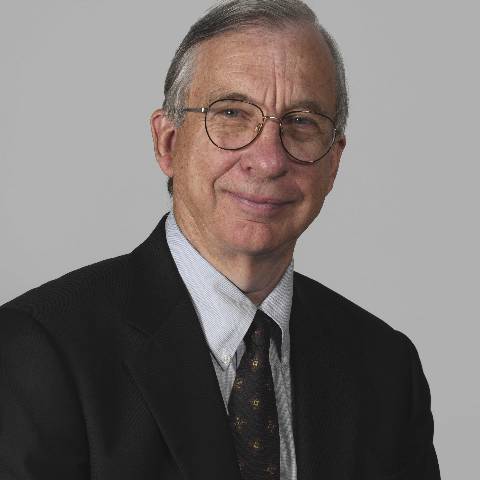Dr. Theodore E. Stebbins Jr., one of the nation’s best-known authorities on American art, will visit Darlington April 20 as the third speaker in the annual Class of 1953 Lectureship Series. His presentation, titled "Art and Life in America," will begin at 9 a.m. in Morris Chapel.
According to class agent Mike Luxenberg (’53), the lectureship was established in April 2003 to commemorate the class’ 50th reunion. “It was a wonderful opportunity for each of us to help Darlington continue its tradition of providing an outstanding education for all students, and also a means for us to say ‘thank you’ for the fine education we received at Darlington,” he said.
Stebbins, who currently serves as curator of American art at Fogg Art Museum, is a graduate of Yale College and Harvard Law School; in 1971 he received his doctorate in art history from Harvard. He began his career teaching for a year at Smith College, before moving to Yale in 1968 where he served as associate professor of art history and curator of American paintings and sculpture. His first major publications were “The Life and Work of Martin Johnson Heade” (1975) and his still definitive survey, “A History of American Works on Paper From Colonial Times to the Present” (1976). He has also taught at Harvard and at Boston University.
In 1977, Stebbins was appointed curator of American paintings at the Museum of Fine Arts, Boston, a post he held until January 2000. During his tenure at the MFA, he organized 19 exhibitions devoted to the paintings of Frederic E. Church, John James Audubon, Washington Allston, Winslow Homer, John Singer Sargent and Martin Johnson Heade, among others, and to the photographs of Edward Weston, Charles Sheeler and Ansel Adams.
In 1978, the Peoples Republic of China asked Stebbins to organize the first exhibition of American paintings in China’s history. He accompanied the show to China and lectured widely throughout that country. At the invitation to the Louvre, he organized the landmark show “A New World” for Boston, Paris, and Washington in 1983. A decade later, he surveyed the attraction that Italy held for American artists in his “Lure of Italy.” His scholarly catalogue for this exhibition became the first American book to win the prestigious Minda da Gunzberg Prize. Stebbins’ most recent major book was a wholly new “Life and Work of Martin Johnson Heade” (Yale Press, 2000). In all, he has written or co-authored some 60 books and articles on all aspects of American art, from colonial times to the present day.
At the Museum of Fine Arts, Stebbins presided over the acquisition of some 400 paintings including Copley’s “Boy With The Squirrel,” Frank Benson’s “Calm Morning,” Winslow Homer’s “Driftwood,” as well as a magnificent series of works from the Lane Collection including “Hot Still Scape For Six Colors” by Stuart David and “That Red One” by Arthur G. Dove.
In 2000, he became the Fogg Art Museum’s first curator of American art. At Harvard, he has responsibility for the university’s collections of over 3,000 American paintings, sculpture, watercolors and decorative arts, which he describes as “a magnificent yet practically unknown collection.” As head of Harvard’s newest department, he is busy writing a three-volume scholarly catalogue of the collections, while raising endowment funds and recruiting gifts for the collection.
Stebbins has served as adviser on long-range planning, collecting strategy and other matters, to numerous American museums and other institutions including the Heinz Family Foundation (Pittsburgh), the Whitney Museum of American Art, the Fine Arts Museum of San Francisco, the Thyssen Collection (Madrid), and the Orlando (Fla.) Art Museum, among others. He has lectured from Paris to Beijing on all aspects of American art, and on topics covering his special interest in the history of collecting American art. He is also a well-known speaker on American art and on the history of taste, and he has made numerous appearances on television and radio.
Stebbins’ many achievements were recognized in 1999, when he was elected to the American Academy of Arts and Sciences, and when he was awarded an honorary degree from Bowdoin College, Brunswick, Maine. Earlier he received the Joseph Coolidge Shaw Medal from Boston College in recognition of his contributions to the study of American culture.

